Retro Replay Review
Gameplay
Shine unfolds as a first-person, point-and-click adventure that leans heavily into exploration and environmental puzzle-solving. From the moment you arrive in Twilight City, the game encourages you to examine every nook and cranny of its deserted streets and haunting interiors. Interaction is straightforward: click to move, click to interact, and click to observe. This simplicity allows you to focus on unraveling the city’s mysteries without wrestling with complex controls.
The puzzles in Shine are understated but cleverly integrated into the world. You might find yourself deciphering cryptic symbols in a forgotten concert hall or manipulating shadowy mechanisms in an underground passage. These challenges strike a balance between too obvious and arcane: they require patience, attention to detail, and sometimes a bit of trial and error, but they never feel unfair or artificially prolonged.
Exploration is at the heart of Shine’s gameplay loop. As Shine, you’ll collect fragments of lore, bits of music, and glimpses of the city’s past. There is no combat or time pressure—just an open invitation to wander murky alleyways, enter derelict buildings, and piece together a narrative that is as much about place as it is about character. If you relish methodical, atmospheric adventure games, Shine will feel familiar and satisfying.
Graphics
True to the Myst-inspired tradition, Shine features meticulously pre-rendered backdrops that transform each scene into a moody tableau. Twilight City’s architecture is a blend of Art Deco flourishes and decaying modernity, giving you the sense that you’re walking through a city frozen in time. Rich textures and dynamic lighting evoke a perpetual dusk, reinforcing the game’s eerie, dreamlike quality.
While the visuals may not rival the latest real-time 3D engines, they hold up remarkably well thanks to careful art direction. Shadows pool in corners, light filters through stained glass at odd angles, and fog drifts across bridgewalks with a tangible weight. These details create an immersive environment that compensates for the static nature of pre-rendered scenes.
Shine’s user interface is understated, allowing you to zoom into specific hotspots or rotate panoramic views with minimal clutter. Inventory items appear as discrete icons, and examining them brings up close-up shots that reveal hidden clues. This minimalist presentation ensures that the graphics serve the narrative rather than distract from it.
Story
At the outset, you awaken as “Shine,” a figure with no memories and no identity beyond your given name. This blank-slate approach immediately draws you into a web of questions: Who are you? What happened to the people of Twilight City? And why has time itself seemingly stopped? Each answer you uncover deepens the sense of mystery.
As you explore, you encounter traces of the city’s former inhabitants—lost musicians whose melodies echo in empty concert halls, strange artificial creatures that flit through ruined plazas, and cryptic recordings left behind as haunting reminders of a vanished civilization. These narrative fragments are rich with atmosphere but leave room for interpretation, inviting you to form your own theories about what went wrong.
The pacing of the story is deliberately measured. There are no sudden plot twists or high-octane set pieces; instead, the game relies on an ever-present sense of melancholy and wonder. By the time you piece together Shine’s true nature and the dark secret at the heart of Twilight City, you’ll feel rewarded by the journey’s steady accumulation of tension and revelation.
Overall Experience
Shine is not a mainstream blockbuster—it’s a niche, contemplative adventure designed for players who savor quiet exploration and atmospheric storytelling. If you’re drawn to games that let you wander at your own pace, soak in richly crafted environments, and solve brain-teasing puzzles without the distraction of combat, Shine delivers exactly that experience.
The game’s strengths lie in its mood and setting. Twilight City is as much a character as Shine itself: every shadowy corridor, every echoing chamber, and every abandoned tram track contributes to a palpable sense of loss and mystery. Combined with a subdued soundtrack that alternates between ambient drones and faint musical motifs, the atmosphere remains consistently engrossing.
On the downside, players seeking fast-paced action or frequent narrative guidance may find Shine’s deliberate tempo and minimal hand-holding a bit too slow. Technical limitations—such as fixed camera angles and pre-rendered backdrops—may feel dated to some, but they also lend the game a distinctive, almost otherworldly visual charm. Ultimately, Shine offers a rewarding experience for those willing to immerse themselves fully in its enigmatic world.
 Retro Replay Retro Replay gaming reviews, news, emulation, geek stuff and more!
Retro Replay Retro Replay gaming reviews, news, emulation, geek stuff and more!
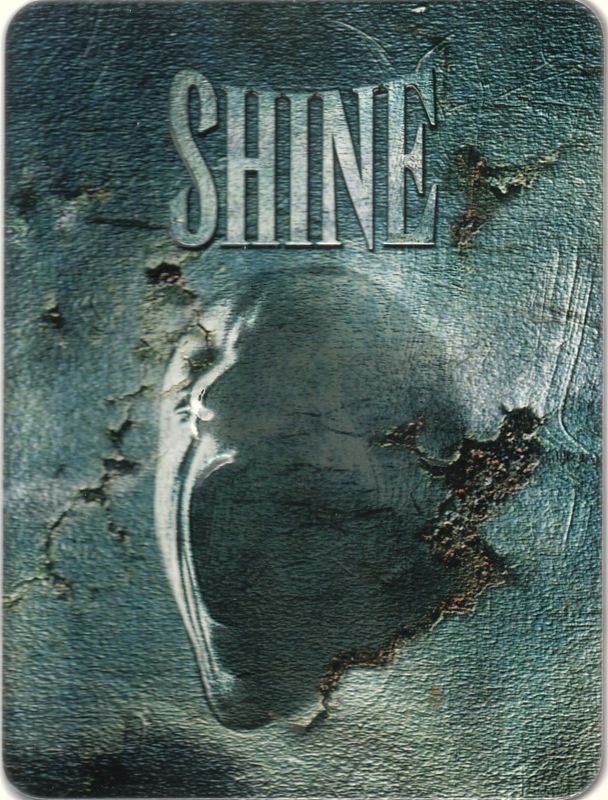
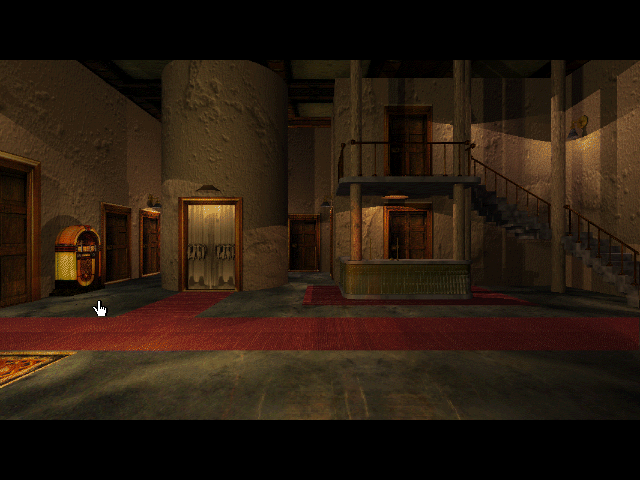

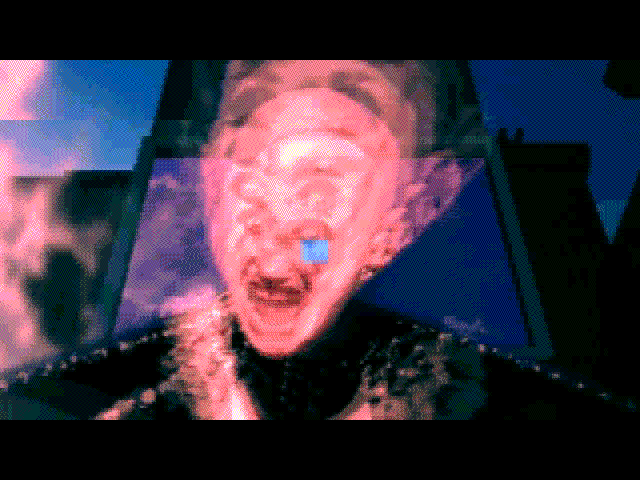
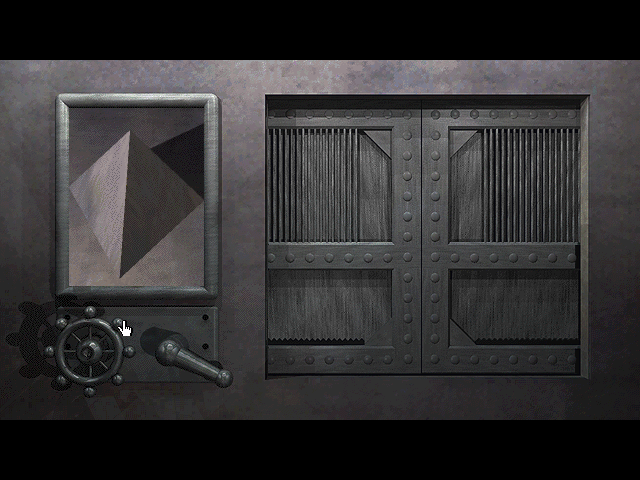

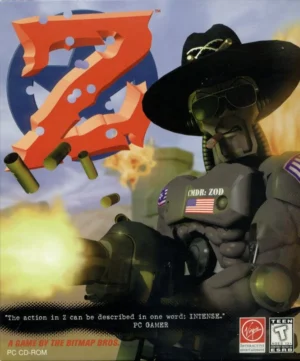
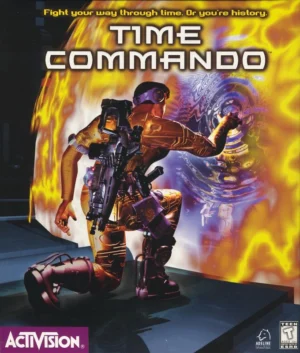

Reviews
There are no reviews yet.